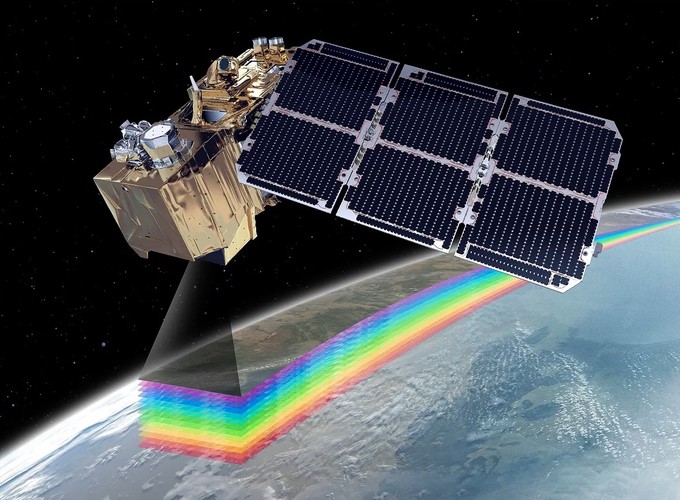The aim of this course is to provide an introduction to the theory and practice of using remotely sensed data for environmental mapping, monitoring and management applications. The unit incorporates lecture and practical materials, both of which are integral to gaining a thorough understanding of the art and science of remote sensing. Students will learn about the interactions of light with different environmental features, electromagnetic radiation, multispectral and hyperspectral imagery, RADAR, LiDAR, digital image processing, object-based image analysis, and various operational applications of the technology.
Available on YouTube
This course content is available online with step-by-step instructional videos:
